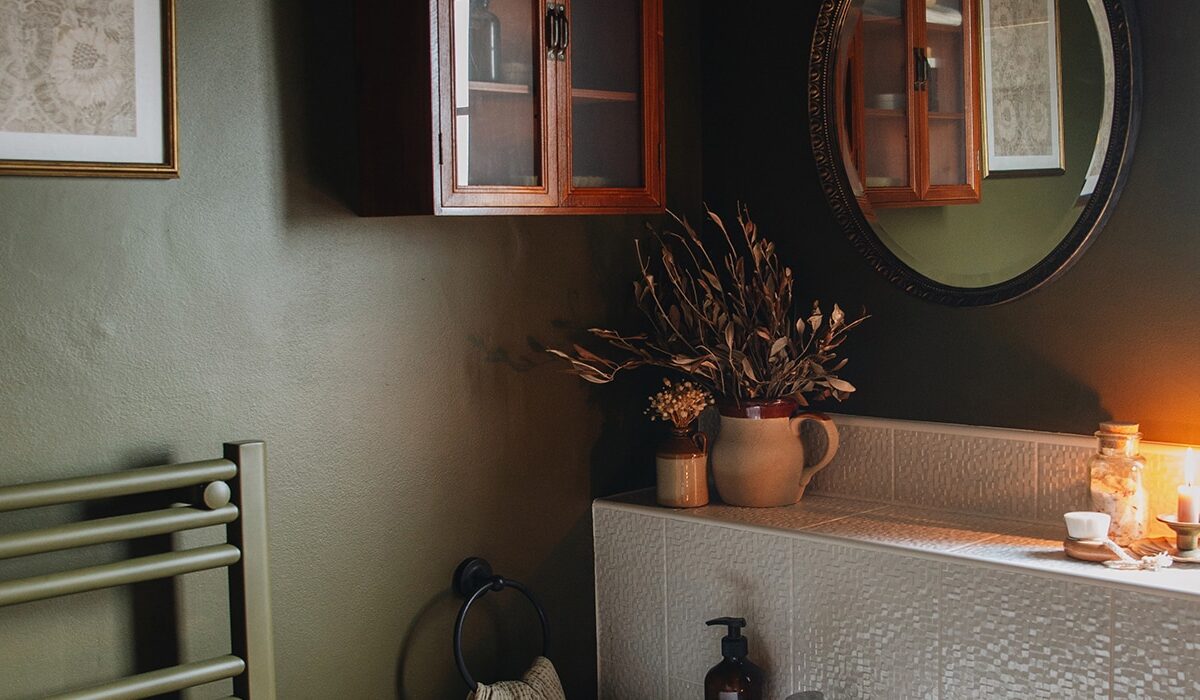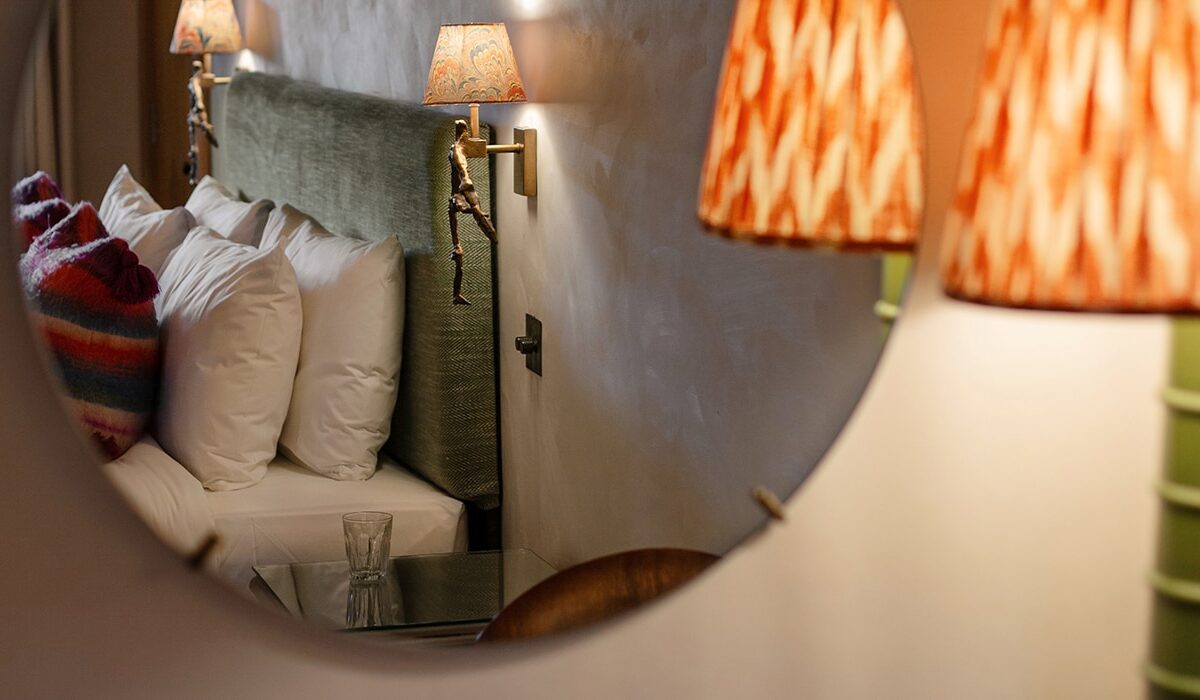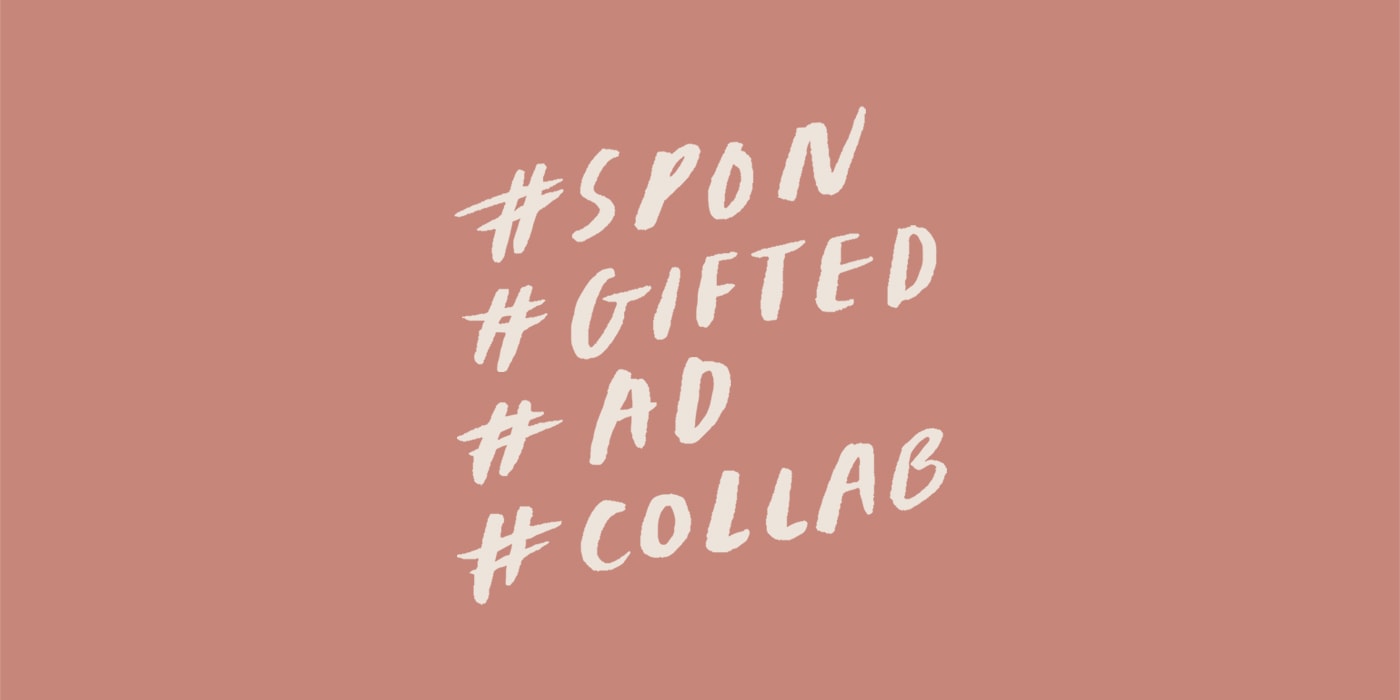
Working With Brands: Part 2
Me again, here for the second part of my post on working with brands. Last time I covered my experience so far and now I’m getting practical. Although this isn’t exhaustive hopefully it will cover some of the questions you may have.
How do I get brand work?
More often than not emails land in my inbox and I see what interests me as I don’t have tons of time to spend pitching to brands. I guess you could call it a reactionary approach but I’m at peace with that in this season of life. I do however say no or ignore a much bigger percentage of those emails from brands than I eventually take on.
You’ll probably find a lot of people emailing that clearly haven’t done their research and are asking you to feature something that’s totally unrelated to your blog. The most random I’ve had were men’s shaving products or lawn mowers (aside from anything, we don’t have a garden). A decent number of the emails are potential collaborations that interest me and I can see working and so I move forward with negotiating on those.
Then there are occasions when I will seek out a brand myself, which as I said is much rarer these days but it usually happens if I have something specific in mind or something we need for our home. For instance when we moved into our new flat I contacted a fair few home brands to work with on kitting out and styling each room. There was a particular gap I was wanting to fill and I knew of some companies that would be the perfect fit. It provided us with the furniture we needed for our home, benefitted the brand and allowed me to produce exciting content for the blog. In those cases there’s a certain amount of pitching that has to go on to sell your idea to them but it’s a much easier sell when you already have some kind of connection with that brand / have a contact there that is already familiar with your style and the way you work.
Tips:
- Be regular at posting and engage with people where you are. Post what you love and enjoy and create good quality content i.e posts that are helpful or inspiring in some way with great photography. Brands will soon notice your awesome content and the fact that you are in a dialogue with other people who actually trust your options. You’ll soon have brands approaching you, I promise.
- There’s no reason why you can’t approach brands yourself but you need to give them a reason to work with you. Major on your strong points as you pitch whether that’s your engaging writing style, your stunning lifestyle photography, your film making or just that you have a small but very loyal following on instagram. It may even be that the brand can reach a demographic that they currently aren’t reaching. You don’t need a huge following or readership to work with brands so don’t be timid because you feel the numbers don’t stack up well. Sure that obviously helps sway brands but if they’re savvy then they will know that that isn’t all it’s about. Find your strengths and sell them!
- Tell a story with your pitch idea. Draw them into your head and get them excited about your vision for their product. Get a feel for things in your first email and then if they’re interested you can flesh the idea out, whether thats with an inspiration board or some sketches but don’t do that straight away as you may waste time on something that isn’t going anywhere.
- Create a media kit that will give them the hard stats like page views, social media followings, average engagement, demographics (who’s reading your blog). Team this with some images and blurb that says what you’re about as well as who you’ve previously worked with / any relevant achievement or awards. I guess it’s like a blogging CV of sorts and if you feel overwhelmed then just google for templates as there are plenty out there. Etsy have lots of great options.
Being discerning with brands
As I said, there are many brands that approach me that I say no to and that’s not to say I’m such a ‘big deal’ (haha, nope) but if you get anything at all then you will get a lot of rubbish too. That’s just how it goes. Sometimes people have you on a long list that they’re aimlessly working through. If you’re lucky they’ll insert your correct name ( I get a lot of To Lovely Drawer) and a then they may paste a token blog post they supposedly found really engaging. It’s clearly just a template email and you know they’ve literally never clapped eyes on your blog. Sometimes you’ll receive lovely emails from brands that you think are great but just not relevant for you and your life. Don’t work with these brands as your readers are more important than the quick cash you could make on that occasion. It will be obvious if it’s a totally random sponsored post or you’re not even vaguely excited about the product and you’ll undoubtedly lose some trust from your readers which is sad, not to mention you won’t enjoy making the content either.
I try to work with brands that excite me as soon as I open the email. I know it’s a good match when I’m already dreaming up ideas as I read through their proposal or those happy moments when I’ve been already mulling over something I need for our home or for Maggie and an email lands in my inbox with the perfect solution. Those kinds of magical moments are what I’m searching for on the whole. I don’t have any issues saying no because I’m quite protective about what ends up on my blog.
Tips:
- When you’re approached consider if it would be a good fit for your readers, for your writing style and for your aesthetic and most of all, are you excited about it? After all if it was just a normal post (not sponsored) you’d be writing about something that excites you right? It shouldn’t change for a paid one, if you want to keep your blog consistent.
- Don’t be afraid to say no. It won’t be the only potential collaboration to come your way. If you like the brand but aren’t sold on the campaign then suggest a different route to take it. For instance brands have asked about doing a review of one of their products which isn’t that engaging and usually doesn’t get me overly excited but often I’ll suggest creating a DIY project or recipe around that item in order to bring it to life and give readers useful content and therefore probably more traffic for the post from Pinterest (more pinnable content) and more awareness of that brand. You know your readers better than the brand so if they have their heads screwed on they will take your advice.
- It’s up to you but my suggestion would be to quickly discard any generic emails that look like they’ve been sent with no thought to who you are and what you do. I just press delete and it saves me a lot of time. The same with requests for placing links in existing blogposts or content that they want to submit to your blog for a post. You have freedom to do what you like but if you want to stay authentic to your blog I’d suggest ignoring those kinds of requests even though they would be easy money. Those brands aren’t interested in creating something that will serve your readers well and spark meaningful dialogue, they just want to access the platform you have for the numbers.
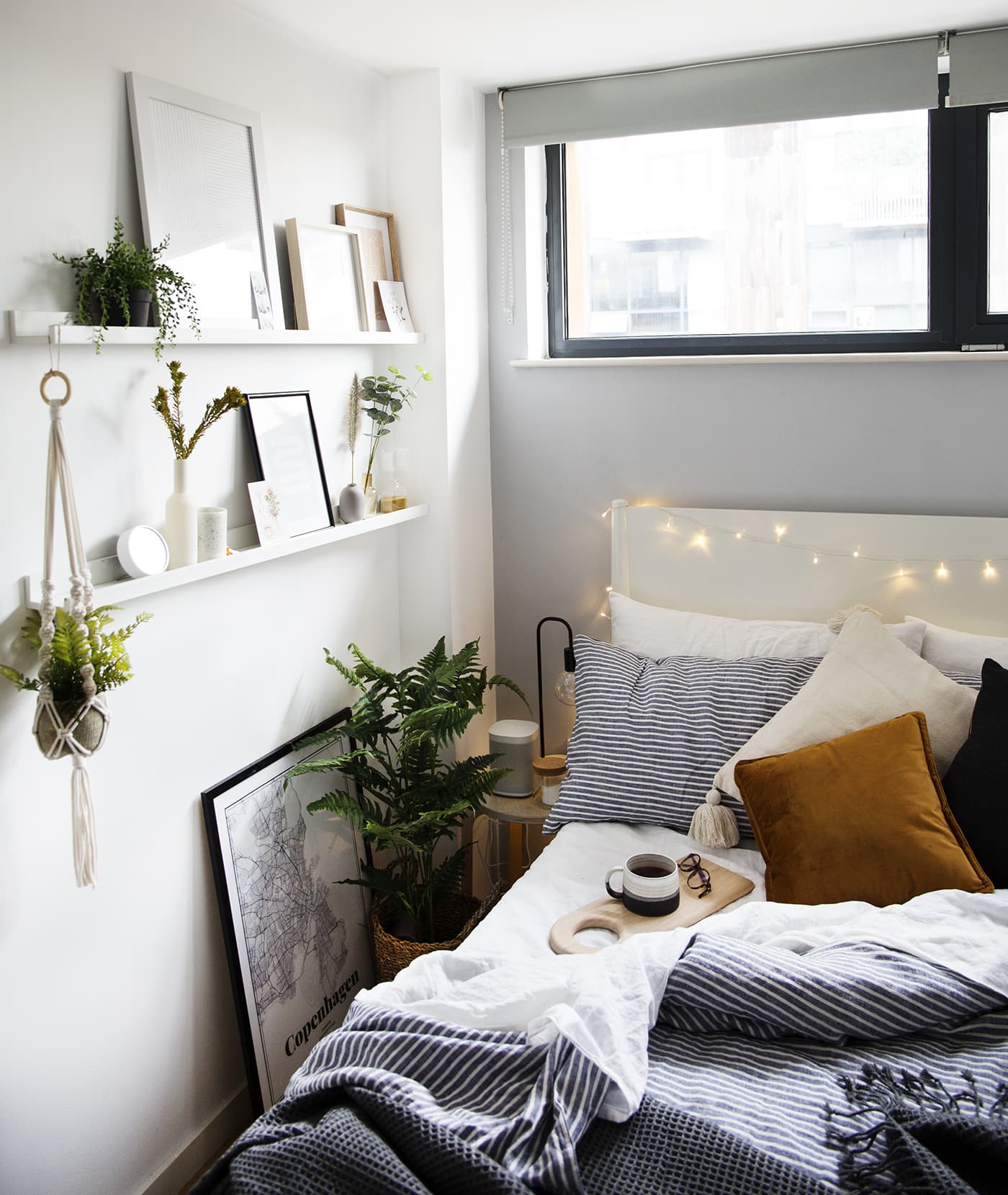
Negotiate, negotiate negotiate
This used to be my least favourite part of the process and I know many creatives that share this same feeling. It doesn’t come naturally to so many of us and to be honest talking about money can just feel so awkward. It’s a sweeping generalisation but I think us women business owners are so tempted to down play our skills and undervalue them because we never feel good enough. We’ve all heard of that ‘imposter syndrome’ and more than likely experienced it which makes it so hard to price our work in a way that fully reflects the time and talent that went into it.
Without a doubt brands will come to you asking for blog posts for free, often in return for a product. I’ve had brands offer a product with as little value as £15 in return for an entire styled shoot, blog post, write up and social sharing. I’m not sure what planet they’re on and I’m more than happy to tell them I only work on brand content that fully compensates for my time and effort. I realise it would be easy to just accept if you’re early on in this journey because perhaps it’s a big brand and it seems flattering and exciting they’d even get in touch but you have to remember your skills and your time are valuable!
Perhaps a brand wants you to create some content for their blog or social channels and they ‘generously’ want to pay you in exposure. Perhaps early on into your blog this may be helpful, depending on the reach the brand has but weigh up whether it’s worth it. It’s far better to prioritise brands that value what you do and will pay you properly. I have so many crazy stories of the trivial things I’ve been offered in return for what would have been a huge amount of work!
Sometimes I have worked exclusively for gifted product but that is always when I need something for my home and the gifted product far exceeds the price I would charge for a blog or social post. It’s therefore worth my time. Those sorts of partnerships seem worthwhile if you’re already looking for those items because then if you decide to share it or are required to share it then your time is compensated and you have what you would have been looking to spend your money on anyway.
It’s tricky to create hard and fast rules when approaching these sorts of things so I tend to take each brand proposal on a case by case basis. When smaller brands approach me they usual don’t have a budget. I know all too well what it’s like when you start out in business, there really isn’t much spare cash. I love to support indie brands so if approached by them and I like the product I’m happy to either feature it in a blogpost I’m already planning or perhaps a little shout out in an Instagram story. When I love the brand that’s usually very easy and organic anyway.
I’ve gone from being a bit of a mouse about negotiating to pretty cut throat. I’m not afraid of saying no because now even more than ever I see how valuable my time is and so if it isn’t going to actually pay for that then I’m not interested. I spent far too long agreeing to fees that were too low and now I want to champion bloggers being paid properly. Lets not pretend we aren’t offering a service and value to brands! Every time I consider cutting my price slightly to fit in with a brand’s budget I think about how each decision like that one from each individual creative has an impact on the overall industry. Brands shouldn’t think they can take advantage of bloggers. No one asks their accountant if they can pay them in exposure.
Tips:
- Work out a rough pricing structure for what you offer and then this can be included in your media kit but use this as a guide rather than hard and fast rules. You must take into consideration covering time and materials when you work out these prices.
- Be upfront. Brands are often a bit unclear in their opening emails and won’t mention money unless pushed. Sadly they will try and get as much as possible for as little as possible on the whole so ask if they have a budget straight away. That way you don’t need to waste time dancing around the issue only to realise they want you to work for free.
- Be creative in the way you negotiate with them. If a brand has a smaller budget than you’d like for what they’re suggesting then try and tailor a proposal to them that would fit their budget. That might mean doing a couple of instagram posts rather than doing a full blog post or maybe you could pin some of the brands imagery on pinterest. Don’t immediately think it won’t work if you like the brand, just be forthcoming with alternative suggestions.
- Don’t undervalue your skills and the audience you’ve built up but at the same time be flexible with what you take on. Working with a smaller brand on a gifting basis only may bring you a lot of joy and may be something you would buy and shout about anyway. There’s freedom for you to choose what you place value on and adjust pricing accordingly.
- Don’t be afraid to say no. You can easily get yourself into a situation where you agree to less money than you should and then resent the job because it ends up being so time consuming. When you’re scared to say no just picture that unwelcome scenario and ask is it worth it?
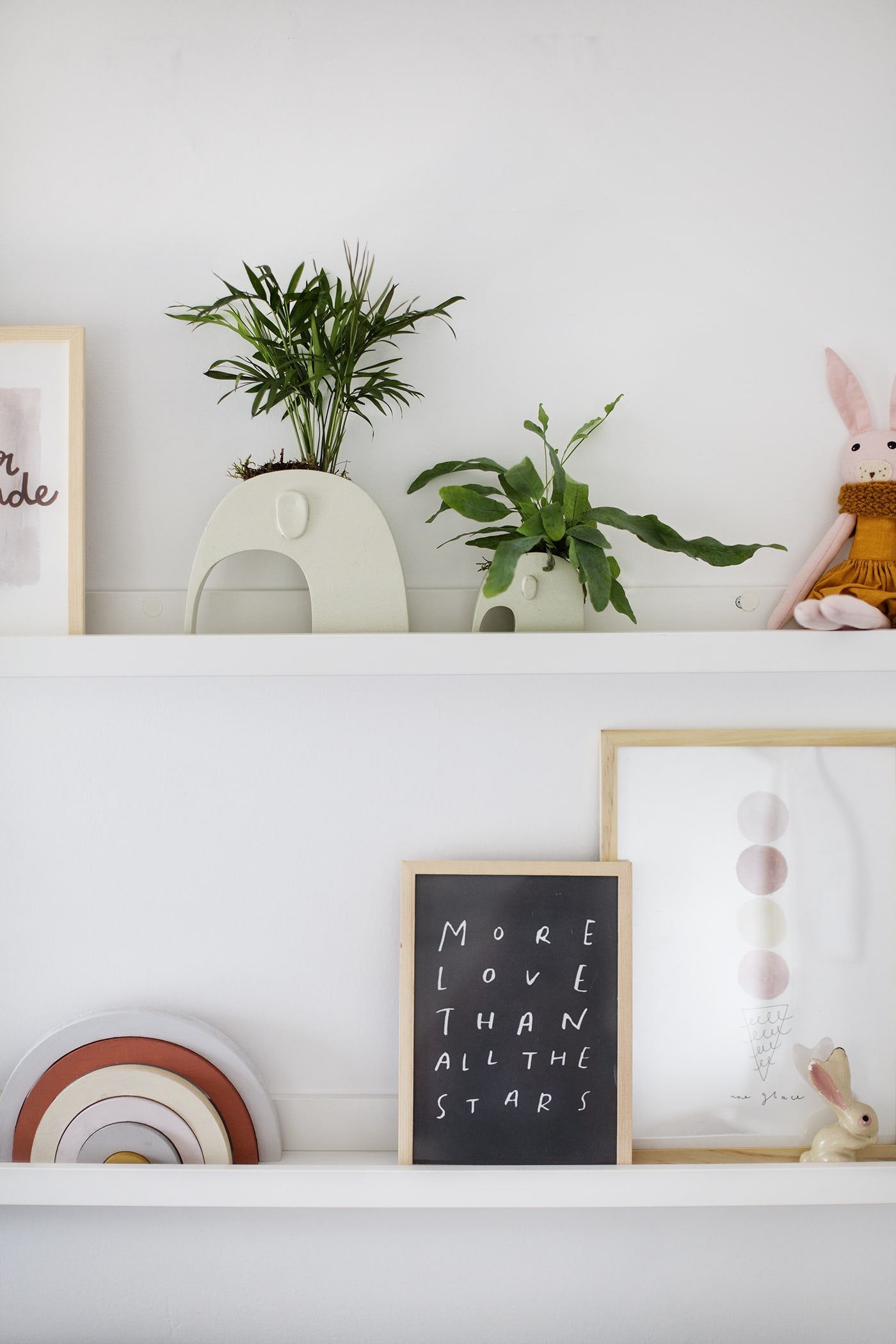
Legalities aka the boring stuff
I’m not going to delve into the full depths of this title because in all honesty I’m still learning all the timing but there’s some good basic things to watch out for that I’ve come to grasp over the years. Legal issues have scared me a lot since going out into this indie business world on my own. It’s part of the reason I didn’t used to find owning a business appealing, that and the money side of things.
I now don’t wait for brands to lead on the legal side. If we have decided to work together then I will ask straight away when I can expect a contract and if they don’t usually use one then I would draw up my own to cover my own back. Larger brands usually will have a contract along with a brief though as it isn’t that often that you’d be dealing directly with the brand itself, more likely their PR agency. It’s good to have everything that’s expected of you in writing even just for your own reference as you work on the project and then you will be able to see who holds the license and usage for things like the images you produce.
It will also cover the company’s payment terms which is quite important to know. In fact I would ask this upfront when you’re considering your quote as more and more of the larger companies are requiring a 60 day payment window which to my mind is a total joke and taking advantage of smaller businesses who often have cash flow issues when those larger companies don’t. It makes my blood boil a bit as my standard payment time is 30 days which should be plenty of time. Legally you can hold another company to that and if they can’t work to that then up your quote to cover that gap in payment. I even had a PR agency tell me their payment terms were 90 days the other week! I nearly fell off my seat and was ready and poised to say, ‘take a hike’ but I just added a hefty amount on to the original quote I gave and they agreed without any backlash.
I wish I hadn’t had so many experiences with large brands and PR agencies not paying me on time. I almost expect it when I see that there’s a 60 day payment window, which obviously makes no logical sense at all, but sadly that’s my experience and shared by many of you from what I’ve heard. You can legally do something about it though so don’t just let it slide which is what I’ve often done in the past, aside from being on at them like a rabid dog, asking for my payment. Even last month I couldn’t afford to pay myself properly because two brands owed me a substantial amount of money and were late paying. I ended up in my overdraft paying fees for their 44 day overdue invoices on top of the original 60 days.
Obviously you need to play by with the rules when it comes to advertising disclosure. The ASA (Advertising Standards Authority) require you to let people know that a post is an advert or if items are gifted. Sometimes that can feel a bit overwhelming because I want to be as transparent as possible so I’m constantly worried if I’ve labelled everything properly. Brands should also require this as they’re wanting to keep to those guidelines too. For a more in depth look at this download the ASA influencers guide book.
Tips:
- When you’re quoting a price make sure you ask what their payment terms are and when you can / what you need to invoice. If they have a much larger payment window then you would work to usually then tell them you’ll need to charge extra. Make sure you check upfront if you need to be set up on their system as a new supplier so you can get that sorted straight away. Ask if you need a PO number for the invoice and if you do then ask if they can generate that ready for you to invoice straight away. Sometimes you can invoice immediately and sometimes when the post has gone live but either way if they have a 60 day payment window I would be asking for a half payment upfront which the do tend to do.
- As soon as you’ve come to an agreement over email or over the phone then ask for a contract so that responsibilities on both sides are outlined. Read it properly, that’s an instruction to myself as much as to you *nervously laughs
- You are entitled to charge a late payment fee along with interest per day for however long it’s been over due. It’s not a huge amount to cover your cash flow issues or the time you may spend chasing the invoice but it shows that you are taking it seriously. You are legally entitled to it regardless but it’s probably a good idea to put it in writing on your invoices just to show that you won’t stand for late payment. I’ve resolved to do this moving forward but even just threatening this got that last 44 day overdue invoice paid by the end of the day, along with the second half payment which wasn’t even yet due. Go figure.
- Make sure you always disclose whether something is paid for or gifted. On blog posts I add a line to say its a paid post with the brand rather than a ‘collaboration’ which is a bit illusive. I’ve also started adding this at the beginning of the post to make sure it’s clear and I’ll also note if there is gifted product or affiliate links involved too. Make sure you either use AD for any social post, or using the instagram paid-for brand post feature. The ASA guidelines state that this disclosure needs to be obvious and so consumers should be able to recognise that something is an ad, without having to click or otherwise interact with it. Recently I’ve started putting AD the beginning of Instagram captions as well as blogposts. It feels a bit naff as it’s not a natural way to open a sentence and will probably instantly put people off but I guess thats all part and parcel of being totally obvious and transparent. It should be buried in a sea of hashtags and the more I think about it the more I’m sure it shouldn’t even be the very first hashtag either, if it means people still have to click the ‘read more’ button.
- Finally lots of people mentioned ‘gifted’ product. Should we be declaring this to the tax man and therefore paying tax on them? Basically if something is truly a gift (sent with no stipulations or actions that need to be taken in response) then there’s no need to pay tax on this but if your are exchanging goods for your service it is considered a transaction and therefore should be declared as taxable. Bummer eh? Even more of an incentive to get payment in the form of cash rather than working for product. Obviously most of the items and influencer receives are gifts. Blogger mail or press goody bags or even free meals out or experiences don’t generally come with a requirement for them to be shared. Obviously the brands hope you will but they don’t tell you to. If I had to pay tax on half the stuff I don’t actually want that comes through the door I would be pretty upset about it.
You might also like
Meet The Lovely Drawer
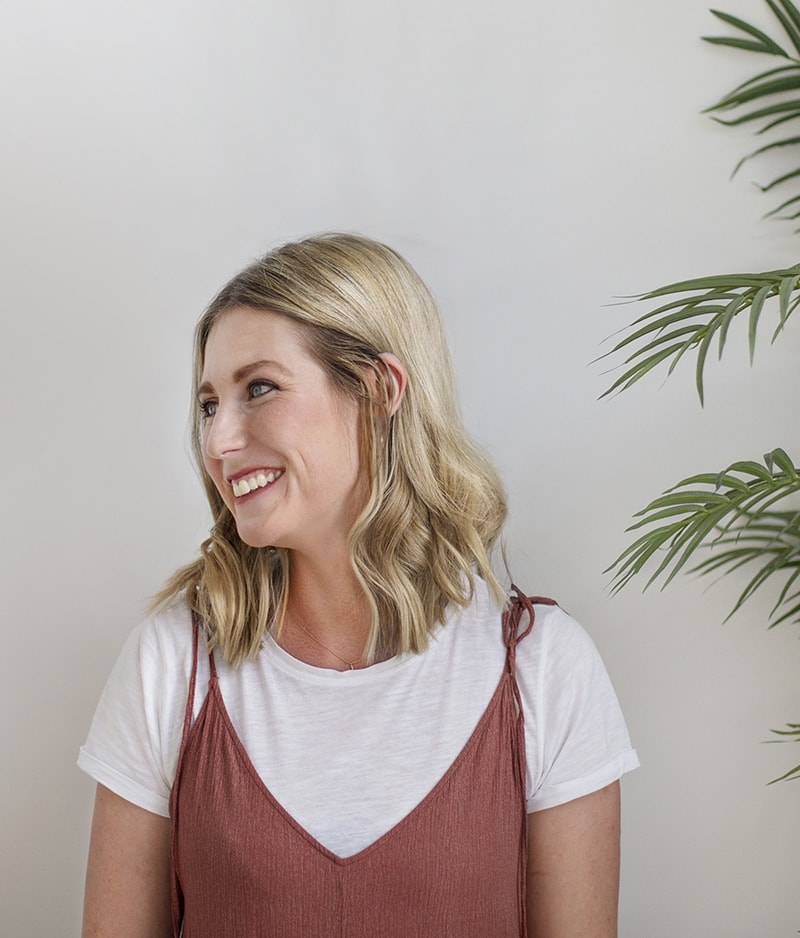
Hi, I’m Teri and welcome to my own creative corner of the internet. I blog about interiors, DIY projects, design inspiration and my general life so stick around have a read and say hi.
In the shop
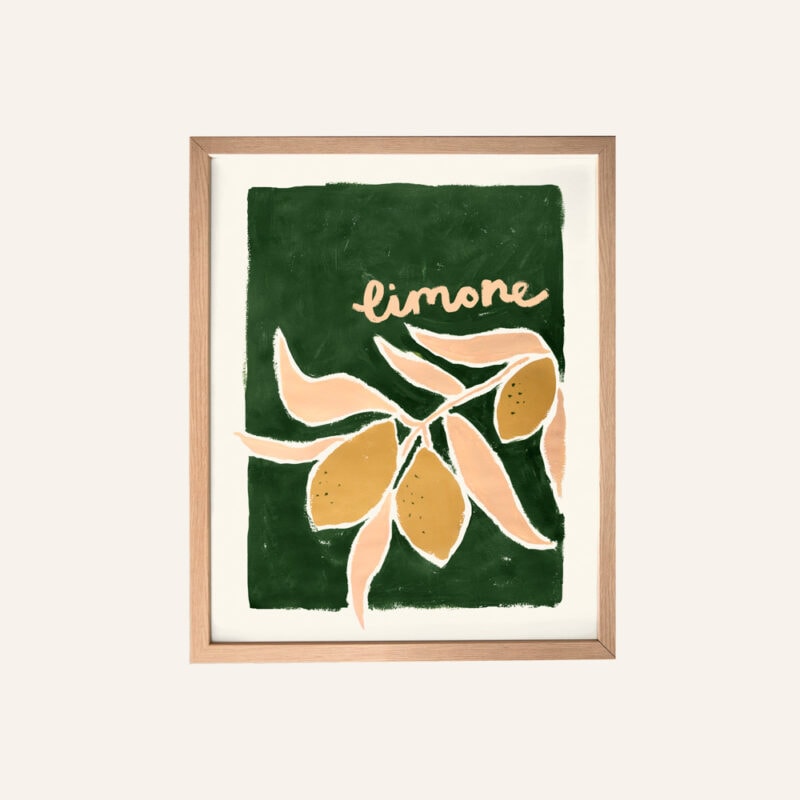
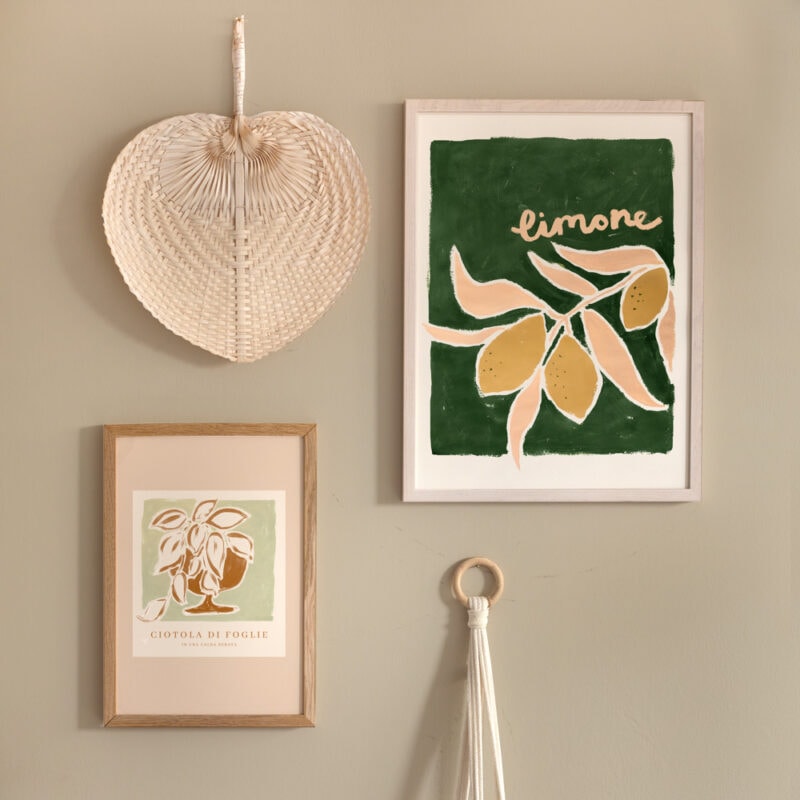 Quick ViewSelect options
Quick ViewSelect optionsOrchard Days
£20.00 – £25.00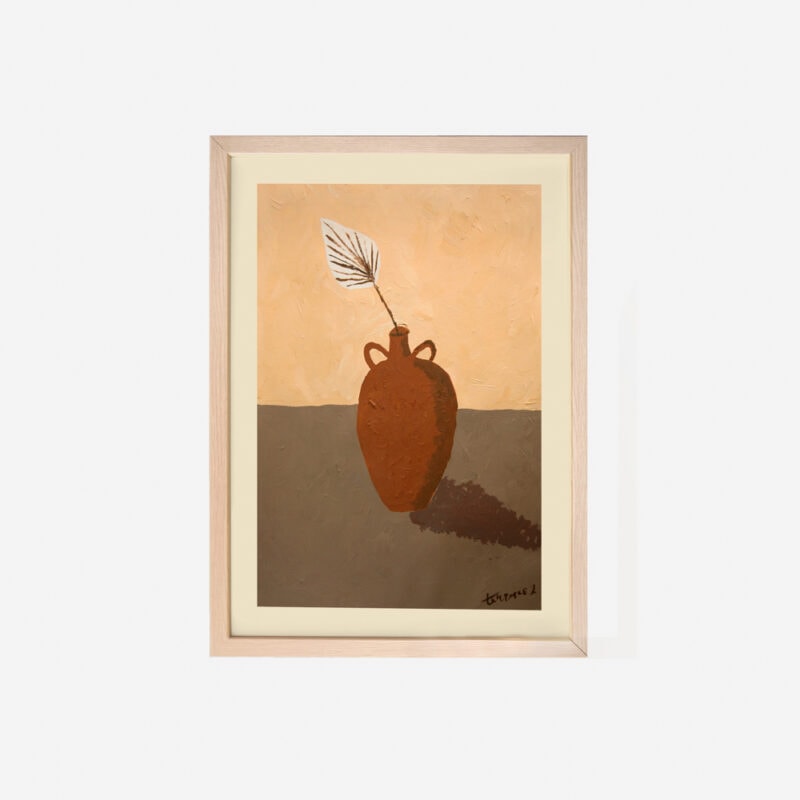
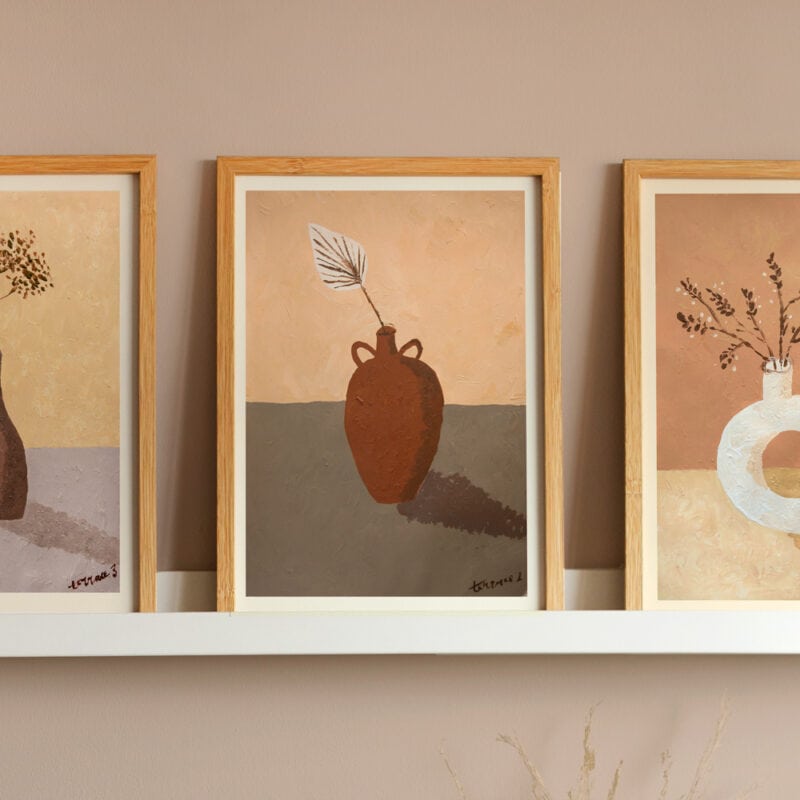 Quick ViewSelect options
Quick ViewSelect optionsTerrace 1
£20.00 – £25.00
Work with Me
The Lovely Drawer is an award winning blog with a loyal audience that has grown over the years. I love working with brands small and large on exciting collaborations that can bring products alive in my own signature aesthetic.
